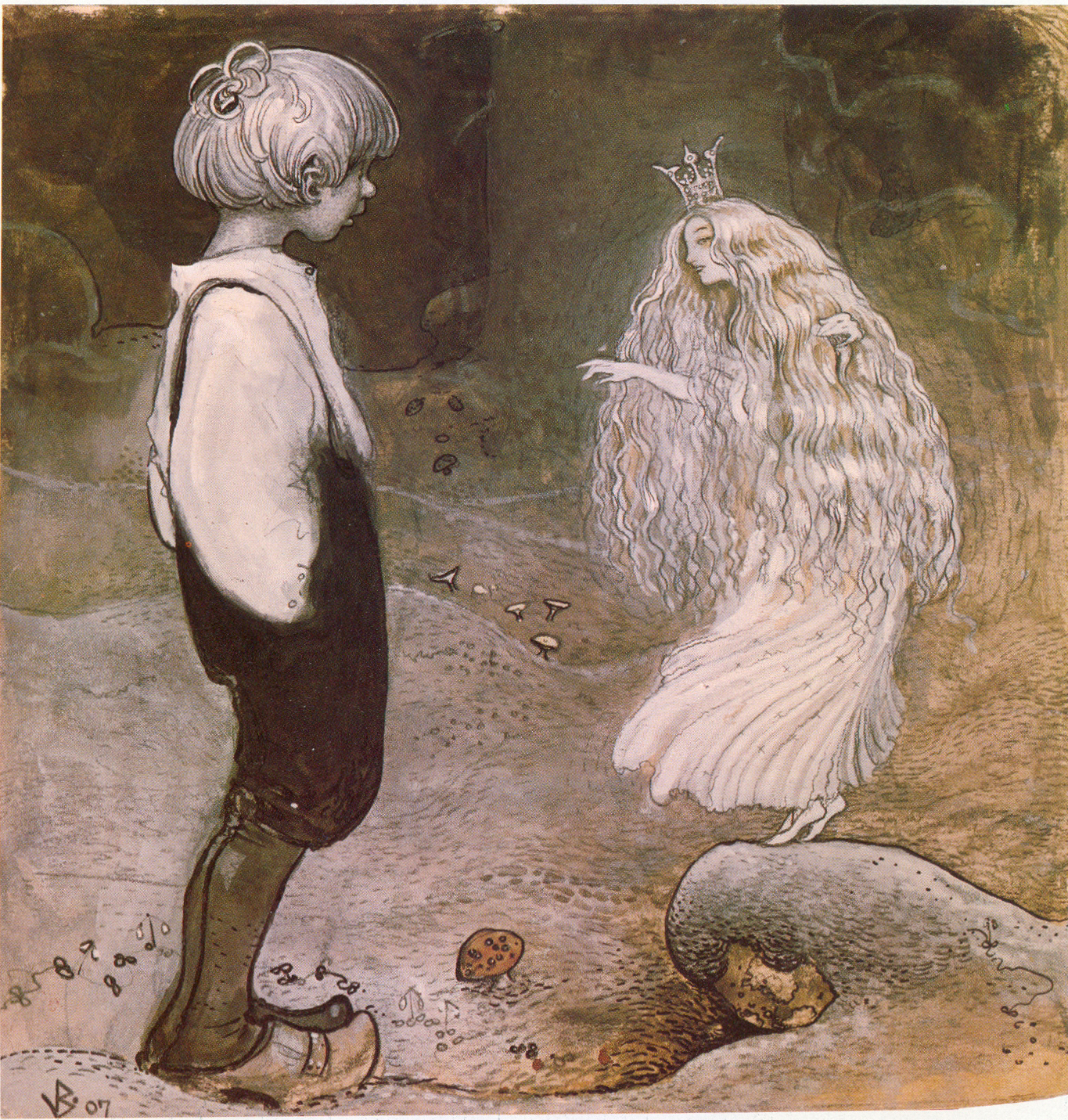 |
| Anarchist good guy? |
This is one
of the most obscure products I´ve reviewed. Unless you are Swedish and
very interested in the history of anarcho-syndicalism, chances are you never
heard of “Förhållandet mellan syndikalism och anarkism”, with the long
subtitle, or perhaps front cover slogan, “Syndikalismens förhållande till
anarkismen är ett annat än de olika anarkistiska attitydernas förhållande till
syndikalismen!”. First
published in 1963, my copy is dated 1981.
The author,
Rudolf Holmö (alias Rudolv Holmö or Rudolv Holme) had been a high-ranking
syndicalist and member of the Swedish syndicalist dual union SAC during the 1910´s and
1920´s. It´s not clear to me when he left the SAC the first time, but his
resurfacing during the 1950´s is said to have been a reentry into the
organization. He was expelled from the SAC by its Stockholm branch (Stockholms
LS) in 1953 together with some close associates. At the time, SAC had changed
most of its traditional revolutionary politics in favor of a kind of Cold War
liberalism, or rather ditto libertarian socialism, inspired to take this step
by Helmut Rüdiger, a German exile living in Sweden. The twin disasters of
Stalinist Communism and Nazism had made the SAC give up its revolutionary goals
and methods, instead calling for peaceful change and decentralization through
co-operative movements and businesses. Internationally, the SAC supported the
West in its Cold War against the Soviets, even going so far as to support South
Korea and the United States during the Korean War! Thus, Rüdiger could be seen
as the libertarian socialist equivalent of Max Shachtman.
Holmö
opposed Rüdiger “from the left”, calling for a return to more traditional syndicalist
positions (or maybe not – see further below). His group, Syndikalisternas
Förbund (the League of Syndicalists) published the magazine Våra Idéer (Our
Ideas). The Rüdigerites were not amused, and unceremoniously expelled Holmö and
the other S-F leaders from the SAC. However, it seems the expulsions were
declared null and void by Stockholms LS in 1981 (Holmö was already dead by this
point) and the S-F certainly existed within the SAC during the 1980´s.
Ironically, the more leftist elements within the SAC were *not* attracted
to S-F´s often curious positions and rabid polemical style, instead preferring classical
anarchism or anarcho-syndicalism. Holmö´s version of syndicalism was more
similar to that of the French CGT (pre-World War I), and it could be argued
that he adapted himself to both Social Democracy and Communism. Above all, his
version of revolutionary syndicalism was specifically anti-anarchist, and he
was sometimes dubbed “the syndicalist Lenin” for this fact. The Rüdiger faction
had accused him of being in cahoots with the Social Democrats, and
it´s certainly interesting to note that Holmö had a prominent position in the
ABF during his absence from the SAC, the ABF being a Social Democratic-dominated
educational association.
“Förhållandet mellan syndikalism och anarkism” is a curious
pamphlet in many ways. Logically,
Holmö should attack Rüdiger for being a bourgeois liberal and Cold Warrior. He
*does* imply at several points that Rüdiger must be a CIA agent, and he
certainly regards him as “liberal”, this being a serious reproach in Holmö´s
more classically socialist worldview. However, most of the time, Holmö accuses
Rüdiger and his co-thinkers of being *anarchists*, seeing this as the main
problem. To Holmö, all anarchist currents save one are inevitably hostile to the interests of the labor movement and therefore also
the interests of syndicalism. The sole exception are the anarcho-communists
around Peter Kropotkin, who in Holmö´s opinion always supported the revolutionary “syndicates”
in an admirable fashion. All other anarchist currents are either confused (such
as those upholding Bakunin) or outright reactionaries, such as those harking
back to Proudhon. Holmö has a special animus against Errico Malatesta, whose “free
communism” he associates with complete decentralization, societal decay and
general mayhem, in plain English anarchy! Malatesta´s self-proclaimed disciple
Max Nettlau is another object of venom for Holmö, and so are Rudolf Rocker and
Augustin Souchy in their respective post-World War II incarnations. Rüdiger was
apparently associated with all these people. In some curious way, then, Holmö
connects anarchism, anarchy (in the negative sense), liberalism and – surprise –
the CIA.
Holmö´s
alternative turns out to be a centralized form of labor organization, complete
socialization of the economy (albeit under “the self-management principle”) and
a strictly uniform society (he is very adamant on this point), rather than the
utopian “free communism” of Malatesta, Nettlau and other Agency assets. Holmö
believes that syndicalism must be strictly neutral towards all partisan
parliamentary politics, and also towards religion, since the only function of a
syndicalist labor union is to promote the socialization of production. Like the
French CGT, Holmö never really explains how this can work in practice – the
CGT, of course, was *not* neutral towards the socialist political parties but
*opposed* them, the militant minority de facto acting as a quasi-political
party itself (albeit an extra-parliamentary one). Holmö also explicitly states
that the goal of syndicalism isn´t to abolish the state. Indeed, the state
*can´t* be abolished, since all societies need a centralized organ of some kind
to function properly. I get the impression that Holmö is trying to
anachronistically resuscitate the “pure” syndicalism of the CGT in 1950´s
Sweden, where the political lineups were very different.
As already indicated,
the Holmö group failed to attract much support or interest during the 1980´s,
when they had been allowed to work freely inside the SAC. The old guard of
Rüdiger must have vomited at every mention of these people, while the new style
70´s radicals considered a “syndicalist” group sounding like a blend of
pseudo-Communism and pseudo-Social Democracy very, very strange. And then there
was that angry polemical style – the syndicalists I knew (including the ones
who were on the anarcho-syndicalist side of things) were sick and tired of the
ra-ra-revolutionary sloganeering and dogmatism of the Leninist groups and didn´t react very
well to the S-F version either!
Finally, I
noticed something very strange about the publication history of Holmö´s
pamphlet. At one occasion, it was reprinted by the Anarchist Federation in
Stockholm! I´m not sure if this was some kind of bizarre trolling, or if these particular
anarchists were of the nice anarcho-communist Kropotkinesque version. Also, my
copy of the pamphlet, while published by the S-F, is actually printed by
Stockholms LS…
What on
earth for?!
Next
posting: more S-F high strangeness. Stay tuned, comrades!





.jpg)
.png)







.jpg)


_(cropped).jpg)
